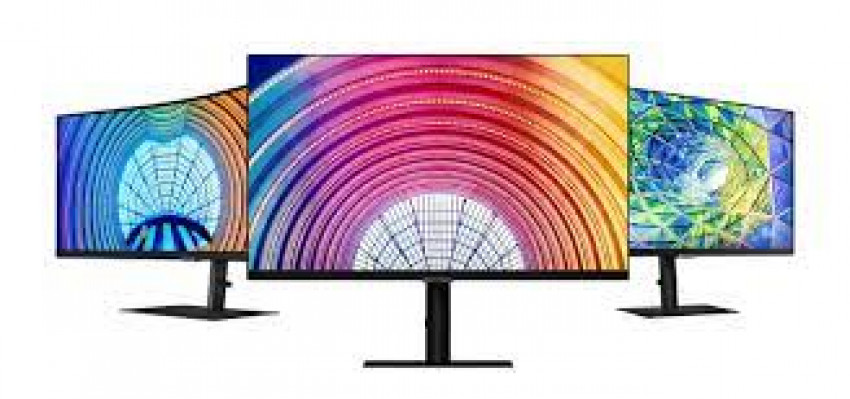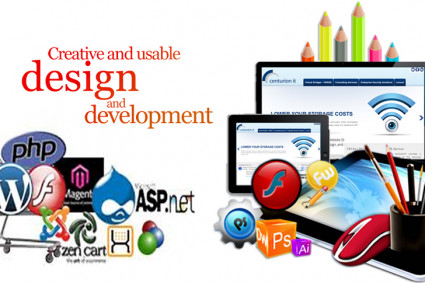
Level board screens have now supplanted cumbersome Asus Monitors. CRTs have met their destruction like 8-track tapes and vinyl records. When we get a level board screen, what is significant other than minimal expense?
PC screens have advanced from the early green screen and shading screens sold with the IBM PC into interconnected high-goal tone multi-screens. In my PC there are four wide-screen high-goal screens. Resolution's meaning could be a little clearer.
The principal IBM PC shading screen had high 640 by 200 and low 320 by 200 goals. Interestingly, the monochrome green showcase's goal was 720 by 350. The goal is the quantity of dabs wide by the quantity of dost high. Screens before long moved to 640 dabs wide by 480 dabs high.
The Europeans had concentrates on that showed golden (rosy shaded) screens were less upsetting to see throughout significant stretches of time. This simply demonstrates when legislatures control something that the guidelines are rapidly outperformed by innovation. What number of you have at any point seen a golden screen? Today essentially all screens (beside the 15-year old screen on my OS-2 Private Branch Exchange phone message server) are shading screens.
Early shading screens began with 16 tones. This worked for featuring cells in spread sheets, yet made a messy showing of showing tone photographs. Photographs and recordings need a great many tones to appropriately show the unobtrusive concealing in photographs and recordings. If you have any desire to test your shading TV or screen look at how it shows low-light pictures. These sincerely test the TV or screen. Frequently you can recognize the lines between the couple of shades of dark in the picture. More up to date screens and TVs with high difference proportions improve in the area of showing low light pictures.
The screen goal that began at 640 by 200 went to 640 by 480 (this is the VGA - Video Graphics Array goal), 800 by 600, 1024 by 768, 1280 by 1024 and my most loved 1600 by 1200. When I could manage the cost of it I got the 21-inch 1600 by 1200 presentation since it allowed me to see a full 8.5 by 11 inch page of paper showed on the screen. This carried significance to the expression "What You See Is What You Get" - WYSWIG. Genuinely I was in hoard paradise with that showcase.
Then the main Thin Film Transistor level board shows showed up. These were sections (the width) and lines (the stature) of dainty semiconductors that controlled bright fluid gem squares creating red-green-blue tones. They were 12-inch inclining and had a local goal of by and large 1024 by 768. A showcase of lower or higher goal could be shown on such screens, however the low goal pictures would in general seem bigger and somewhat foggy and the higher goal pictures spilled external the edge of the presentation. These screens were square screens that ran off low power transformers. I actually have some TFT square screens that I use today. The square level boards moved from 1024 by 768 to 1280 by 1024, and afterward for me to 1600 by 1200. I stood by persistently at the cost on ViewSonic 1600 by 1200 screens to go from about $350 each to $200 every where I bought them for my first double screen PC. The awful thing around two screens is once you begin utilizing them, you never return to one screen.
It was not well before wide-screen fluid gem show (LCD) screens showed up. These screens are more extensive than they are high. Square screens may presently not be sold. The wide-screen screens had goals of 1440 by 900, 1600 by 900, 1600 by 1024, 1680 by 1050 (an exceptionally famous goal for humbly evaluated screens) and 1920 (here and there 1980) by 1200. There are higher goals for wide-screen screens with a lot greater cost labels.
Presently choosing a screen begins with financial plan. What would you be able to pay for every one? Is it around $100 to $150, $200 to $250, or $300 and up? For my situation it has returned to trusting that costs will drop once more.
Next comes the goal or how much can be shown on the screen. More specks or pixels (picture components) the more can be shown. You see to a greater extent a work area on a 1920 by 1200 presentation as opposed to on a 1440 by 900 showcase. With the lower goal show you should control and move the picture more to chip away at it. While composing, you might be continually changing from showing the top on the off chance that the page which you are keeping in touch with the lower part of the page.
Actual size likewise makes an appearance the determination. A 20-inch corner to corner screen with a 1680 by 1050 goal has allowed us to say sixteenth-inch high characters. A 24-inch askew screen with the indistinguishable goal say would have characters somewhat bigger say two sixteenths-inch high (in all actuality around 20% bigger not two times as huge). Bigger screens with higher goal are better all the time. So presently I sit tight for the 30-inch 2560 by 1200 screens to draw near to a $250 per screen sticker cost. It will be a significant delay. Tragically for me apparently most all the 27-inch screens have a greatest goal of 1920 by 1080.
Contrast proportion, number of shadings, and invigorate speed all impact the presentation of pictures and video. A high differentiation proportion is better for low light picture shows, more tones license better concealing of items which shows a more life-like picture, and quicker invigorate rate causes the presentation to answer rapidly to picture changes keeping the high activity recordings fresh and clear. These boundaries might be significant assuming that you play computer games and need a more life-like game.
Level board screens are LCD (fluid Crystal Display), DLP (Digital Light Processing), or plasma shows. LCD and DLP use backdrop illumination lighting to deliver the showcase. This backdrop illumination depended on fluorescent lighting innovation. Bright lights keep going quite a while, however not for ever. Some don't keep going long by any means (perhaps a year). Their plan life is about 10 years. I had an old Sony level board TV that ran around 8 or 9 years before it quit. A few workstations have screens that fizzle following a couple of years. The fresher innovation is to give backdrop illumination to level board shows with Light Emitting Diodes (LED). LEDs utilize next to no power and endure forever (well nearly). They require less actual space than fluorescent lighting. This implies that the new thing screens utilize LED backdrop illumination.





